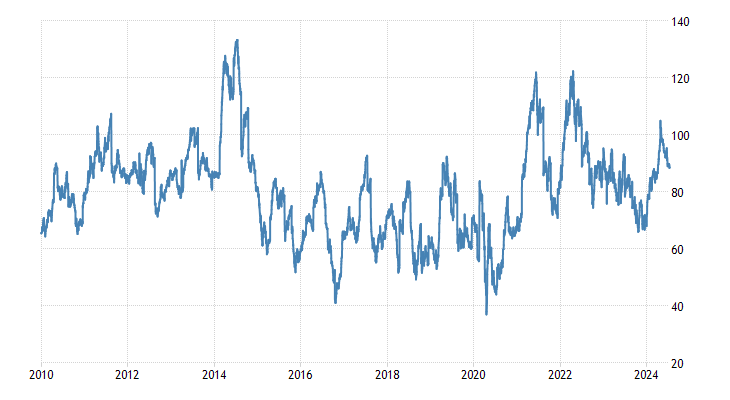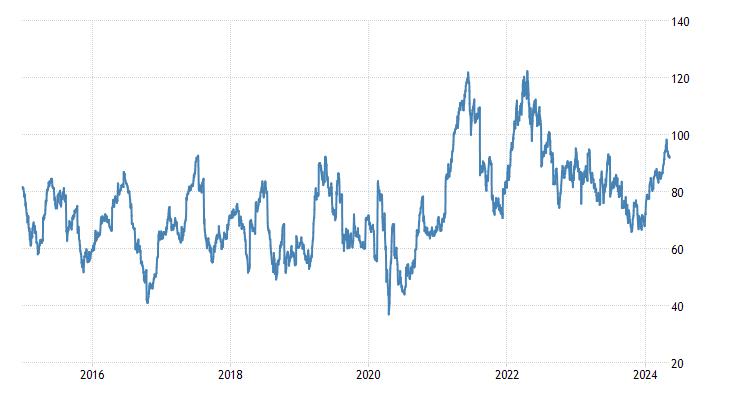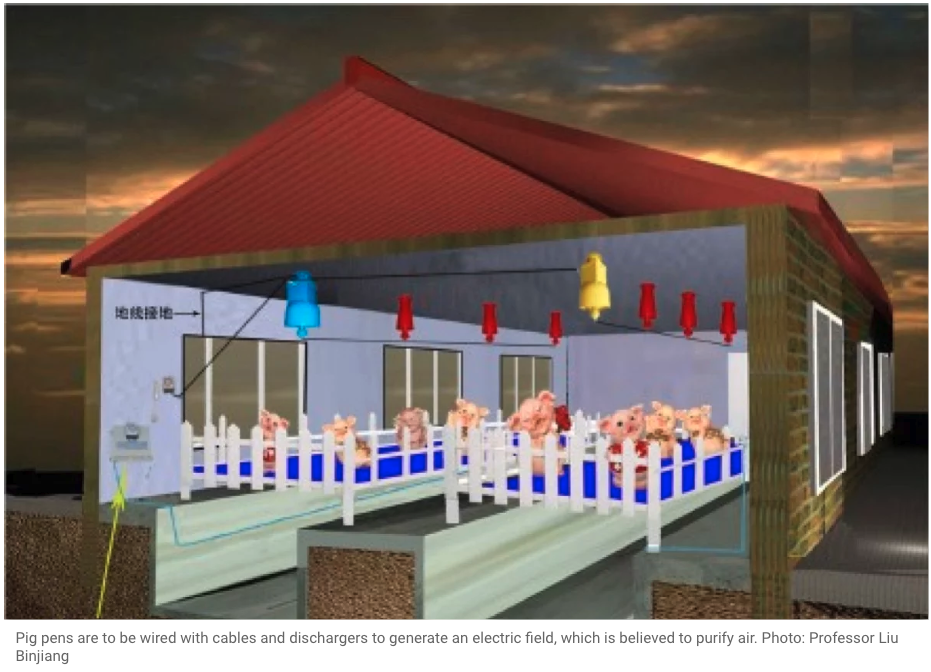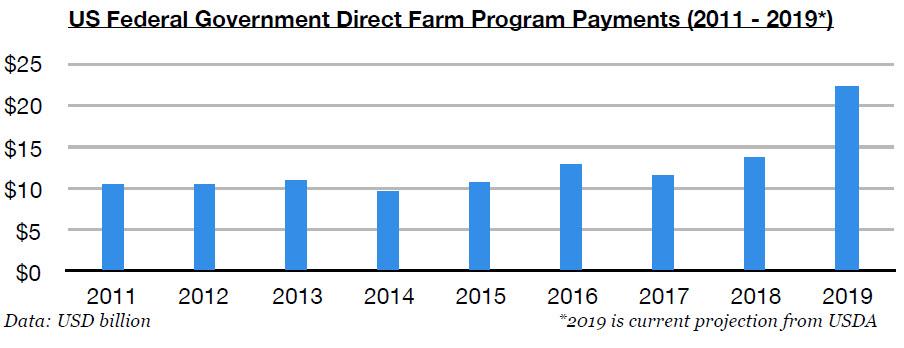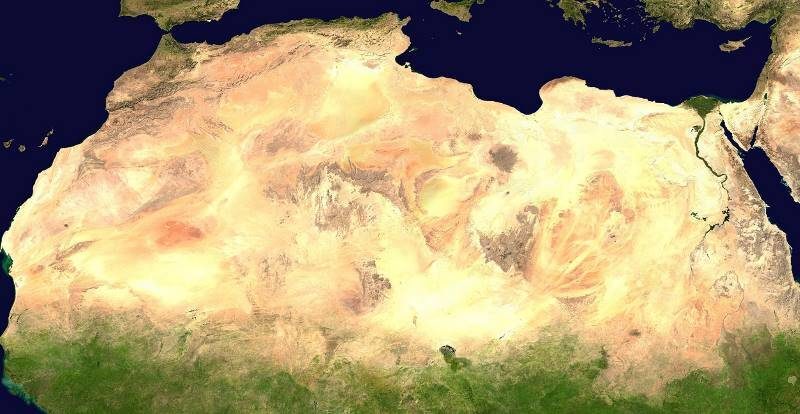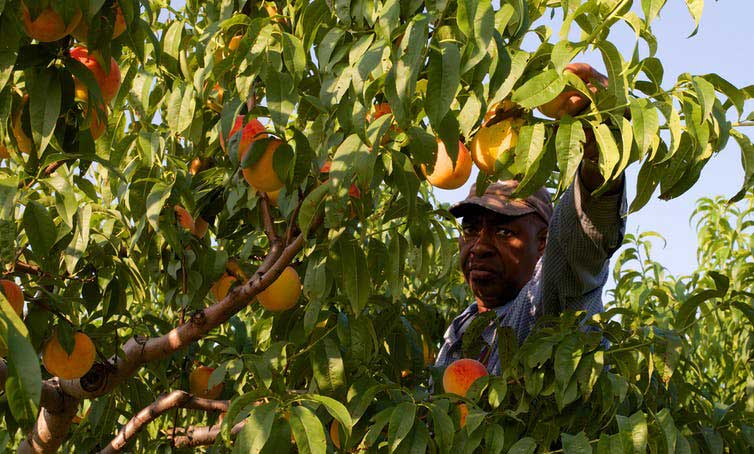Sometimes I am reminded of the biblical story of Joseph in Egypt, preparing in good years for the potential of bad years. This is something some countries still do and it looks again to be especially those countries who are spearheading the push for a multipolar world.
In an article I quoted above there was a mention of how China has used its strategic pork reserves to mitigate the crisis. It happens that they started this strategic pork reserve after a pig disease in 2007 which caused prices to increase by 87% and also lead to riots. How much is
stored is a secret but:
China produces and consumes two-thirds of the world’s pork.
The government keeps reserves of live pigs and frozen pork to guarantee adequate supplies. Details of the frozen pork reserve are secret but industry analysts estimate its size at up to 3 to 5 million metric tons.
Industry analysts say the reserve probably is too small to have an impact on supplies in the market. The last release announced by the government was 9,600 tons in January.
Many countries used to have strategic grain reserves, which were set up after the war, but many have decided against it. The US stopped in 2008 with their strategic grain reserves:
Once upon a time, it was popular to say that the U.S. government only had enough wheat stored up to provide everyone in America with half a loaf of bread. But that is not true
theeconomiccollapseblog.com
Once upon a time, it was popular to say that the U.S. government only had enough wheat stored up to provide everyone in America with half a loaf of bread. But that is not true anymore. Recently, I discovered that the U.S. does not have any strategic grain reserves left at all. Zero. Nada. Zilch. As you will see below,
the USDA liquidated the remaining reserves back in 2008. So if a major food crisis hit this country, our government would have
nothing to give us. Of course the federal government could always go out and try to buy or seize food to feed the population during a major emergency, but that wouldn’t actually increase the total amount of food that was available. Instead, it would just give the government more power over who gets it.
The U.S. strategic grain reserve was initially created during the days of the Great Depression. Back then, the wisdom of storing up food for hard times was self-evident. Unfortunately, over time interest in this program faded, and at this point there is no strategic grain reserve in the United States at all. The following comes from
the Los Angeles Times…
The modern concept of a strategic grain reserve was first proposed in the 1930s by Wall Street legend Benjamin Graham. Graham’s idea hinged on the clever management of buffer stocks of grain to tame our daily bread’s tendencies toward boom and bust. When grain prices rose above a threshold, supplies could be increased by bringing reserves to the market — which, in turn, would dampen prices. And when the price of grain went into free-fall and farmers edged toward bankruptcy, the need to fill the depleted reserve would increase the demand for corn and wheat, which would prop up the price of grain.
Following Graham’s theory, President Franklin D. Roosevelt created a grain reserve that helped rally the price of wheat and saved American farms during the Depression. In the inflationary 1970s, the USDA revamped FDR’s program into the Farmer-Owned Grain Reserve, which encouraged farmers to store grain in government facilities by offering low-cost and even no-interest loans and reimbursement to cover the storage costs. But over the next quarter of a century the dogma of deregulated global markets came to dominate American politics, and the 1996 Freedom to Farm Act abolished our national system of holding grain in reserve.
As for all that wheat held in storage, it became part of the Bill Emerson Humanitarian Trust, a food bank and global charity under the authority of the secretary of Agriculture. The stores were gradually depleted until 2008, when the USDA decided to convert all of what was left into its dollar equivalent. And so the grain that once stabilized prices for farmers, bakers and American consumers ended up as a number on a spreadsheet in the Department of Agriculture.
Of course if there are no major national emergencies of any kind and life just continues on normally for decades to come, this will not be an issue.
Norway has also gotten rid of their grain reserves and converted the grain silos into
accomodation:
Perhaps this reflects the degree to which different countries pay attention to objective reality. Some prefer to believe in their own political agenda and models rather than objective reality.
I found
this diagram which is taken from a report from 2018 about future of agriculture and it is illustrative:
What it shows in the future changes in food production in 2080 due to changes in precipitation and temperature. For those who have been paying attention this is not in line with what we observe. There has been greater difficulties in Canada due to colder and wetter conditions and questions are raised whether wheat can still be grown in some of the northern provinces. The diagram also shows a lot less food production in Africa and especially North Africa, but the last number of years it has been just the opposite. There has been substantially more precipitation and thus greater harvests.
Something David Dubyne highlighted in a recent video of Adapt2030:
Unusual vortex winds across our planet continue to increase as the Suns out decreases. Highest ever recorded tornado in Bolivia, water spouts in Indonesia, tornado out breaks in December USA, 2x Medicanes in a month North Africa dumping record...

www.sott.net
A month of rain in hours 4x in the last 30 days and record crop yields in Norther Africa from all the additional rainfall for the 3rd year in a row.
There is also this article about the greening of the Sahara, something that started happening about 30+ years ago. Now this covers an area of 700000 km2 or a little more than the size of France.
Almost daily the CO2 Science site brings reports on the impact of climate change on the living world. Hat-tip: Die kalte Sonne here Recently, CO2 Science brought up a paper in Nature Communications. Using satellite images, Venter et al. 2018...

www.sott.net
CO2 Science site brings reports on the impact of climate change on the living world. Hat-tip: Die kalte Sonne here
Recently, CO2 Science brought up a paper in
Nature Communications.
Using satellite images, Venter et al. 2018 found an eight percent increase in woody vegetation in sub-Saharan Africa over the last three decades, underscoring the global "greening trend".
According to Wikipedia, the Sahara covers a vast area of some 9.2 million square kilometers. Eight percent of that translates into more than 700,000 square kilometers. That's an area that's almost as big as Germany and France combined!(
not quite true as France covers by itself 640000 km2) This is profound.
In other words, it's well over 10,000 Manhattans!
This has been observed for quite some years. Here is an article from the BBC from 2009:
It has been assumed that global warming would cause an expansion of the world's deserts, but now some scientists are predicting a contrary scenario in which water and life slowly reclaim these arid places. They think vast, dry regions like the...

www.sott.net
It could be that an increase in rainfall has caused this effect.
Farouk el-Baz, director of the Centre for Remote Sensing at Boston University,
believes the Sahara is experiencing a shift from dryer to wetter conditions.
"It's not greening yet. But the desert expands and shrinks in relation to the amount of energy that is received by the Earth from the Sun, and this over many thousands of years," Mr el-Baz told the BBC World Service.
"The heating of the Earth would result in more evaporation of the oceans, in turn resulting in more rainfall."
But it might be hard to reconcile the view from satellites with the view from the ground.
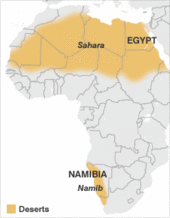
© unknown
While experts debate how global warming will affect the poorest continent, people are reacting in their own ways.
Droughts over the preceding decades have had the effect of driving nomadic people and rural farmers into the towns and cities. Such movement of people suggests weather patterns are becoming dryer and harsher.
The Intergovernmental Panel on Climate Change warned recently that rising global temperatures could cut West African agricultural production by up to 50% by the year 2020.
But satellite images from the last 15 years do seem to show a recovery of vegetation in the Southern Sahara, although the Sahel Belt, the semi-arid tropical savannah to the south of the desert, remains fragile.
The fragility of the Sahel may have been exacerbated by the cutting of trees, poor land management and subsequent erosion of soil.
If we are entering a mini iceage or a full blown iceage and coupled with this an increase in precipitation, which has been witnessed, then the result might be opposite of what 'experts' are predicting regarding food production. Those places in higher latitudes such as Canada and Northern Russia, Scandinavia etc. might find a diminishing food production, where as other areas such as North Africa and the Middle East might find greater production.
Russia under the stewardship of Putin has been focused on increasing food production since 2005 as mentioned in a previous post and it is bearing fruit (no pun intended) as Putin mentioned a few days ago:
Farming production in Russia is booming. With record harvests during the past two years, the country’s agricultural exports are bringing in tens of billions of dollars, according to President Vladimir Putin.

www.rt.com
Russia’s agricultural exports to hit $25 billion this year
20 Dec, 2018 12:35
Get short URL
© Reuters / Bogdan Cristel
Farming production in Russia is booming.
With record harvests during the past two years, the country’s agricultural exports are bringing in tens of billions of dollars, according to President Vladimir Putin.
“Last year, exports of agricultural products were $20 billion. This year, they will reach $25 billion,” Putin said on Thursday during his annual Q&A session. He added:
“We couldn’t even imagine such figures earlier.”
Boosting competitiveness and improving infrastructure is key to increasing exports further, the Russian president said, promising the government’s support. Some 400 billion rubles ($6 billion) will be allocated for the development of infrastructure, including seaports and roads, he said.
The president noted earlier that
Russian agricultural production had surged by 20 percent over the past five years. Calling the growth a
“real breakthrough,” he urged domestic producers to steadily expand their presence in domestic and foreign markets.
Russia has managed to capture more than half of the global wheat market in recent years, becoming the world’s biggest exporter of grain, thanks to bumper harvests and attractive pricing. In 2016, the country became the world leader in wheat exports. Since the early 2000s, its share of the global wheat market has quadrupled.
According to Putin, Russia should be aiming to export environmentally friendly and quality products. GMO has been banned in the country since 2016. The president previously said that
he wants to make Russia the world’s largest producer of GMO-free food.
----------
So Russia has seen the importance of food security long term and acted on it.
China has also paid attention (as has other countries) and saw that
according to the US agricultural department, then
China at the end of this year hold 51% of global wheat. Speaking about global wheat they write:
With global use down 1.4 million tons, world ending stocks are raised 1.2 million tons to a record 289.5 million tons. China’s 2019/20 ending stocks are raised 1.8 million tons to 147.5 million and account for 51 percent of the global total.
So some countries appear to have the foresight to use years wit good harvests to save and store for years with bad harvests, while other countries are ruled by an elite who are thinking more short term. Some countries might very well face food shortages, starvation and riots but it is not as if lessons from history were not there to be learned from or as if signs about earth changes and cycles were not abundant. Even just reading the earthchanges category on SOTT over the years would have been enough for some government agricultural planner to get up to speed ;)
 www.zerohedge.com
Pork Pile-Up Continues: Bacon Levels In US Cold Storage Surge To 48-Year High
www.zerohedge.com
Pork Pile-Up Continues: Bacon Levels In US Cold Storage Surge To 48-Year High




